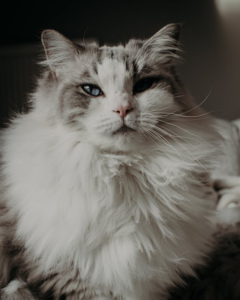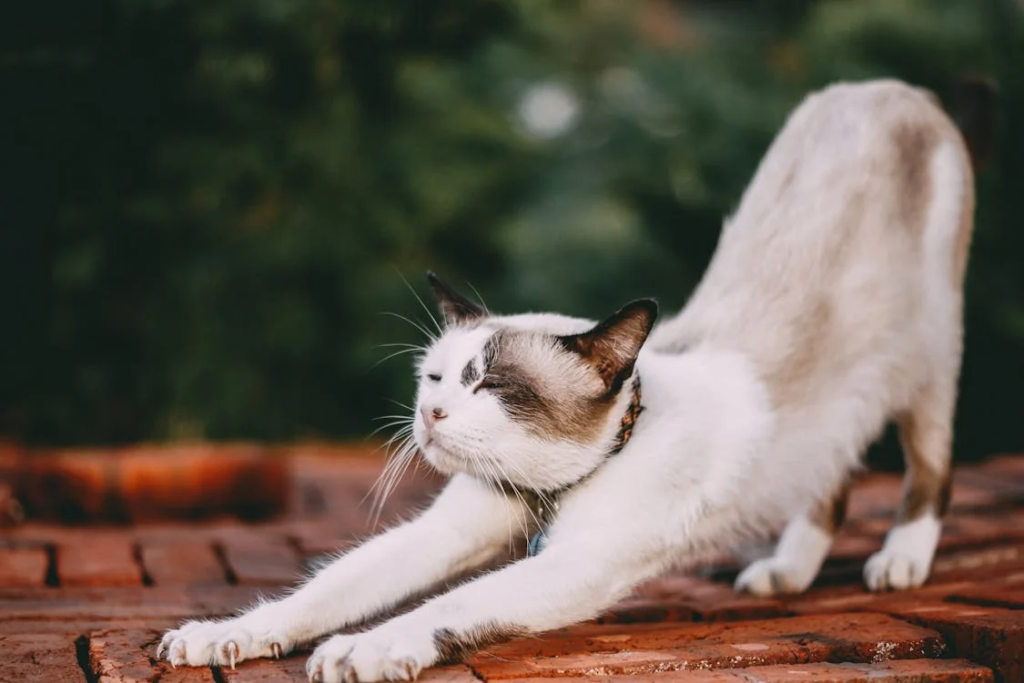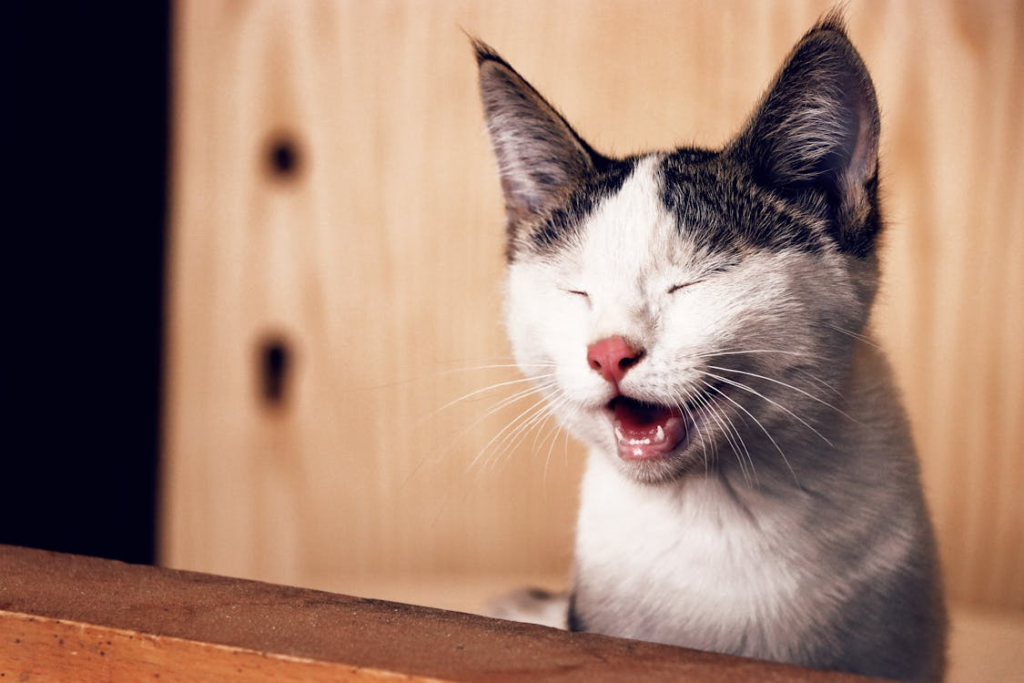Are you fascinated by the idea of having a miniature lion or tiger lounging on your couch? If so, you might be interested in large cat breeds. These magnificent felines bring a touch of the wild into your home, combining the best of both worlds: the size and presence of their wild cousins with the affectionate nature of domestic cats. In this comprehensive guide, we’ll explore everything you need to know about large cat breeds, from their characteristics to care requirements.
What Defines a Large Cat Breed?
Before we dive into specific breeds, let’s clarify what we mean by “large cat breeds.” Generally, domestic cats weighing over 10 pounds (4.5 kg) and standing taller than 10 inches (25 cm) at the shoulder are considered large. Some of these breeds can reach up to 20 pounds (9 kg) or more!
Top 10 Large Cat Breeds
1. Maine Coon

Often called the “gentle giants” of the cat world, Maine Coons are known for their impressive size and friendly personalities. These cats can weigh up to 18 pounds (8.2 kg) and grow up to 40 inches (101 cm) in length, including their bushy tails.
2. Ragdoll

Named for their tendency to relax and go limp when held, Ragdolls are large, semi-longhaired cats with striking blue eyes. They typically weigh between 10-20 pounds (4.5-9 kg) and are known for their docile nature.
3. Siberian

Hailing from Russia, Siberian cats are sturdy, muscular felines with thick, water-resistant coats. They can weigh up to 17 pounds (7.7 kg) and are surprisingly agile for their size
4. Norwegian Forest Cat

These natural climbers have strong, muscular bodies and thick, water-repellent coats. Norwegian Forest Cats can weigh up to 16 pounds (7.3 kg) and are known for their intelligence and playful nature.
5. Savannah

A hybrid breed resulting from crossing domestic cats with African Servals, Savannahs are tall, lean, and exotic-looking. Their weight can vary greatly depending on their generation, but they typically range from 8-20 pounds (3.6-9 kg).
6. British Shorthair

With their round faces and chunky bodies, British Shorthairs are the teddy bears of the cat world. Males can weigh up to 17 pounds (7.7 kg), and they’re known for their calm, easygoing temperament.
7. Chausie

Another hybrid breed, Chausies are a cross between domestic cats and jungle cats. They’re athletic and can weigh up to 30 pounds (13.6 kg), making them one of the largest domestic cat breeds.
8. Ragamuffin

Related to Ragdolls, Ragamuffins are large, muscular cats with soft, plush coats. They can weigh up to 20 pounds (9 kg) and are known for their sweet, affectionate nature.
9. American Bobtail

Recognizable by their short, bobbed tails, American Bobtails are muscular cats that can weigh up to 16 pounds (7.3 kg). They’re known for their intelligence and dog-like personalities.
10. Turkish Van

These swimming cats are native to Turkey and can weigh up to 20 pounds (9 kg). Turkish Vans are known for their distinctive color pattern and love of water.
Caring for Large Cat Breeds
While large cat breeds can make wonderful pets, they do have some specific care requirements:
- Diet: Large cats need a balanced diet to maintain their size and health. Consult with your veterinarian about the best food options and portion sizes for your specific breed.
- Exercise: Despite their size, many large cat breeds are quite active. Provide plenty of toys, scratching posts, and climbing structures to keep them engaged and healthy.
- Grooming: Many large cat breeds have long or thick coats that require regular grooming. Brush your cat several times a week to prevent matting and reduce shedding.
- Space: Large cats need more space than their smaller counterparts. Ensure your home has enough room for them to move around comfortably.
- Health Considerations: Some large cat breeds are prone to specific health issues. For example, Maine Coons can be susceptible to hip dysplasia. Regular vet check-ups are essential for monitoring their health.
Are Large Cat Breeds Right for You?
Before bringing a large cat breed into your home, consider the following:
- Space: Do you have enough room for a large cat to live comfortably?
- Time: Can you commit to the grooming and attention these breeds often require?
- Budget: Large cats eat more and may have higher veterinary costs. Are you prepared for these expenses?
- Lifestyle: Are you looking for an active playmate or a calm lap cat? Different large breeds have different temperaments.
For more information on cat care and behavior, check out the Cornell Feline Health Center.
Conclusion
Large cat breeds offer a unique and rewarding pet ownership experience. From the gentle giant Maine Coon to the exotic Savannah, there’s a large breed to suit various preferences and lifestyles. By understanding their needs and characteristics, you can make an informed decision about whether a large cat breed is right for you.
Remember, regardless of size, all cats need love, care, and attention. If you’re ready for a feline friend that makes a big impact (both in size and personality), a large cat breed might be the perfect addition to your family.
For more information on cat adoption, visit the ASPCA’s cat adoption page.
To learn more about specific cat breeds, check out The Cat Fanciers’ Association.
For tips on cat health and nutrition, visit The American Veterinary Medical Association.





